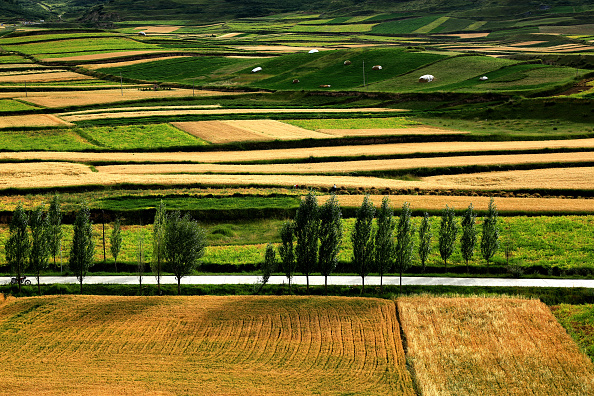China’s zero-COVID policy means zero corn for some farmers who have found themselves locked in and kept out of fields that need to be planted.
It shucks: Smallholder farmers often take winter jobs in cities, and many still remain stranded in those cities. Farmers in rural communities may not be allowed out, even to clear land from last year’s harvest or to buy seed and fertilizer. Meanwhile, movement restrictions have left farm store shelves empty.
Farmers in northeastern provinces were giving the government an earful about the situation on social media, which yielded a special transport arrangement to get growers back in the fields.
It’s just in the nick of time, as planting season begins at the end of April in China’s largest corn-growing province. Luckily, there’s no impact to corn yield from late planting! Oh wait.
By the numbers:
- China is the world’s number two corn producer and number one grain consumer
- Jilin province, where strict COVID policy remains in place, accounts for 10% of the nation’s cornfields
- Nearly 100,000 stranded farmers returned home by April 10th, but there’s no telling how many may still be stuck in cities
Zoom out: Concerns are mounting that China may need to increase imports as they face a potential domestic grain shortage. The COVID-related challenges are just the most recent addition to a long list of issues farmers say will curb yields and put food security at risk. Among those are high fuel and fertilizer costs and strict rules against stubble burning.

